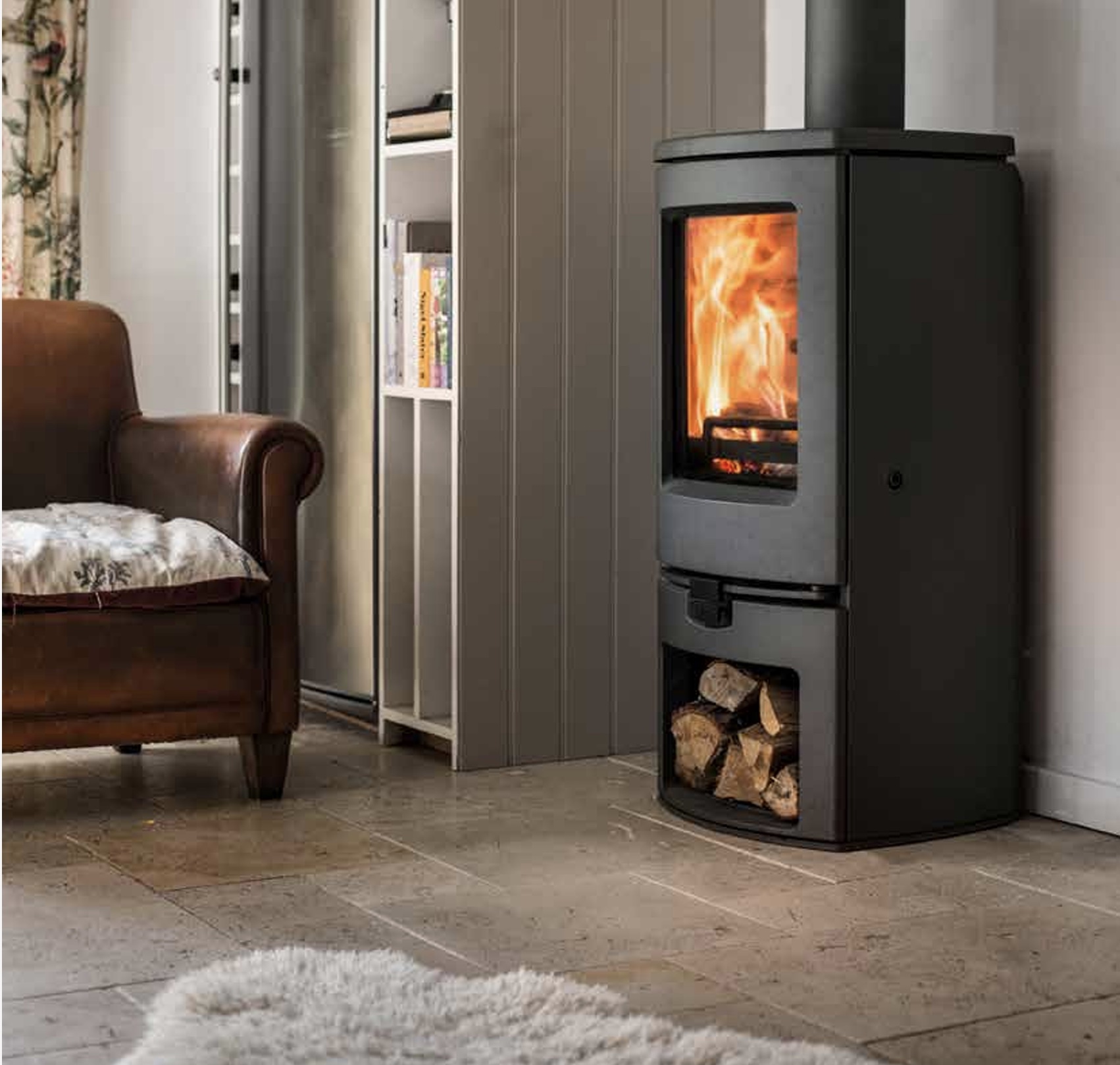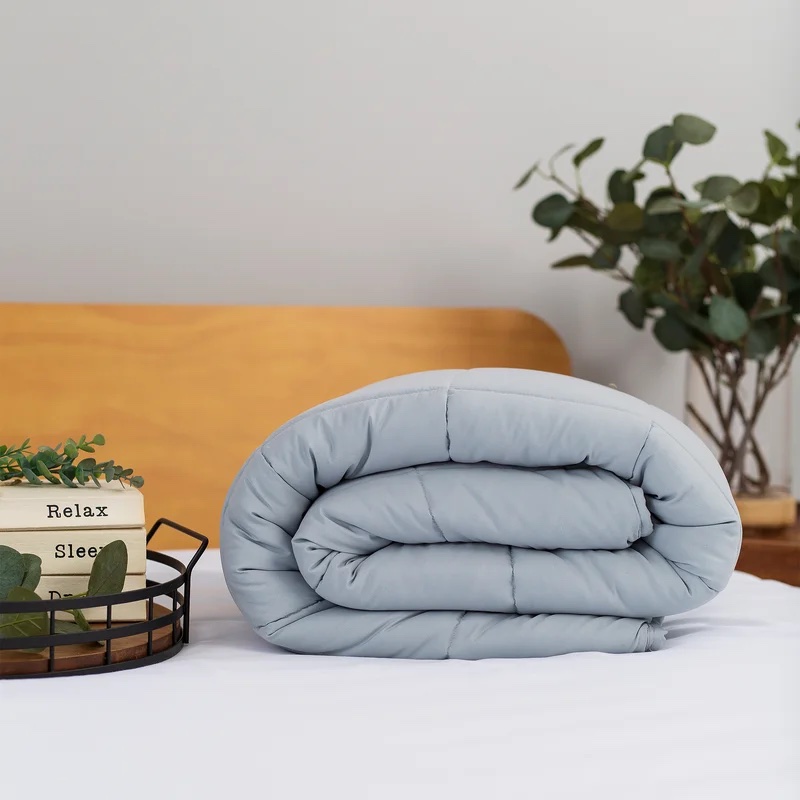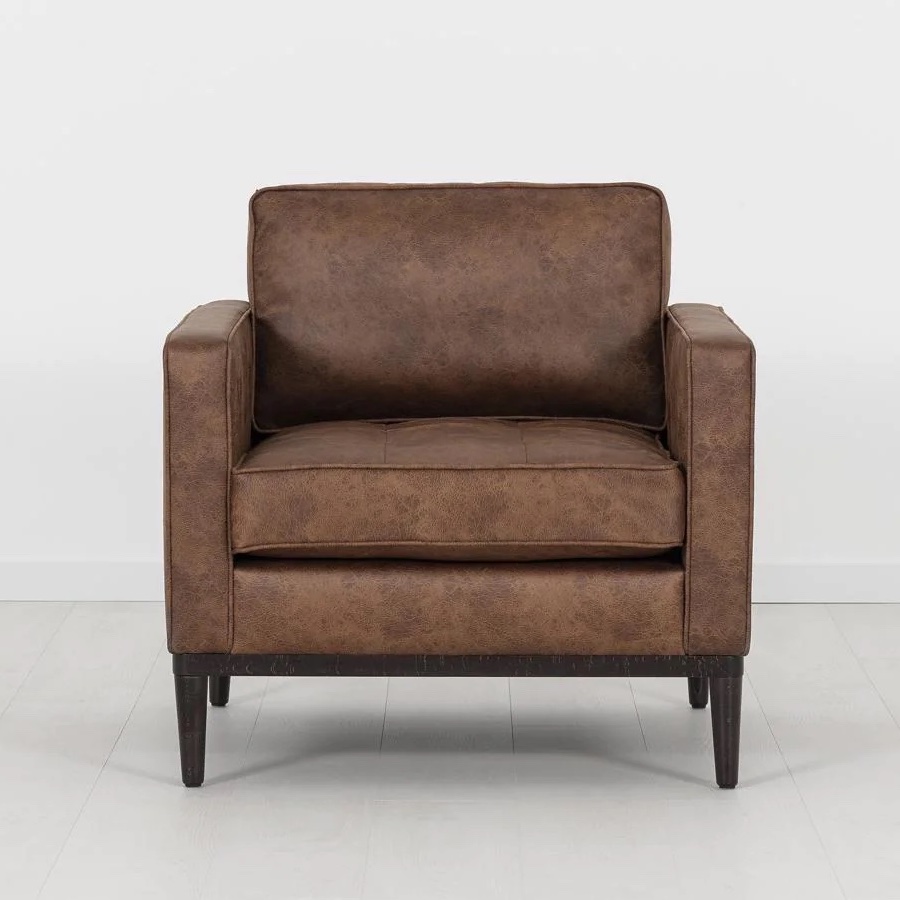Nostalgiacore – reduce anxiety with the interiors trend recommended by mental health experts
Fill your home with these 5 familiar and well-loved pieces to reduce anxiety, say the experts

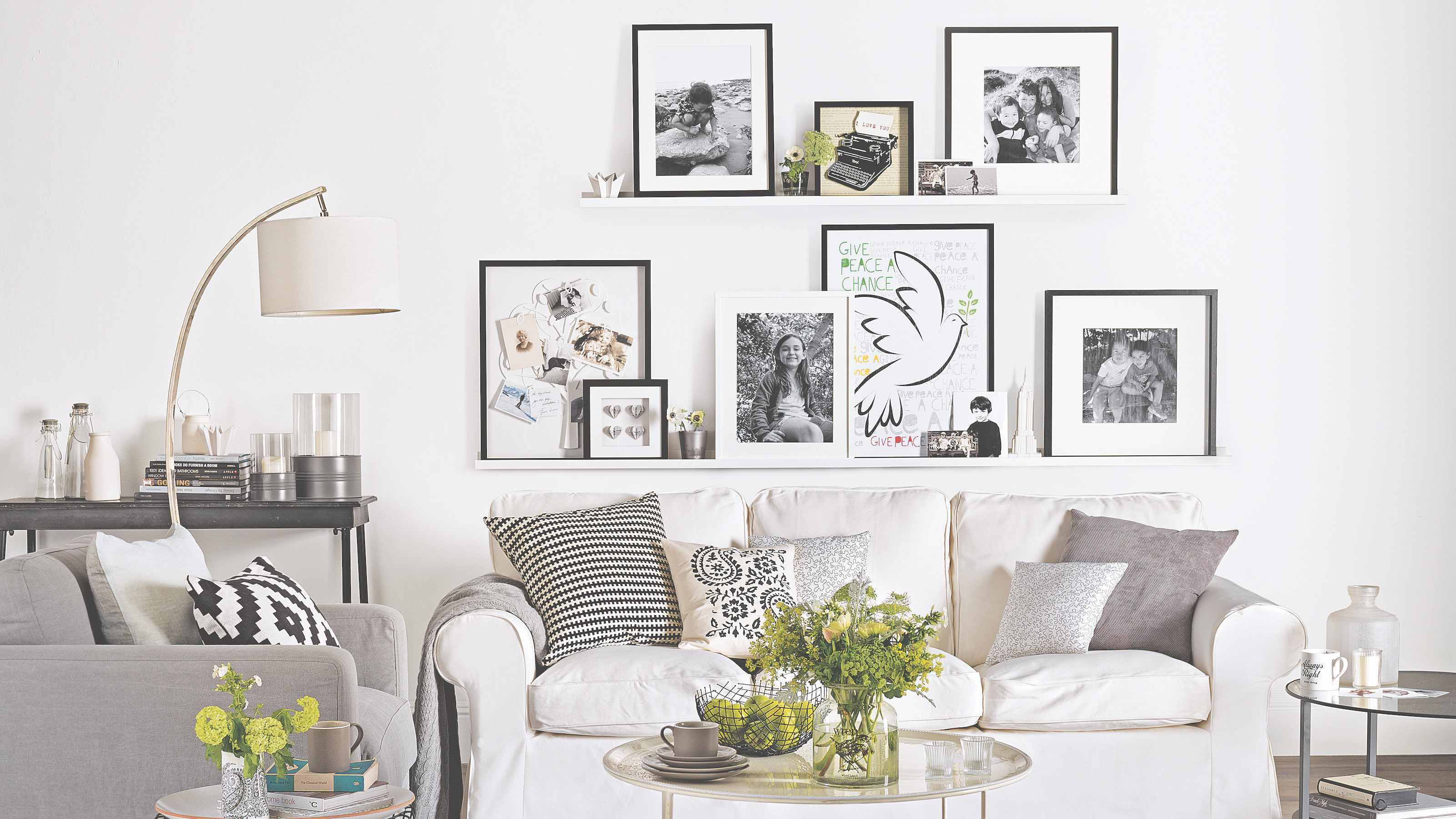
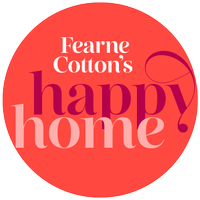
If home is your safe space, you’ll appreciate the pleasure of shutting the front door and settling into your personal sanctuary. Maybe you’ve filled it with quiet luxury pieces that bring a sense of ease and comfort, or you’re taking the dopamine decor approach and using colour to boost your mood at home.
But there’s a new technique that can take happy home decorating to the next level. Nostalgiacore is all about tapping into times in the past when we’ve felt happy and relaxed, and choosing decor and accessories that remind us of those times to reduce anxiety today.
Dr David Crepaz-Keay, head of research and applied learning at Mental Health Foundation, explains more. ‘Surrounding ourselves with nostalgic items that evoke a sense of familiarity and comfort can create a safe space that serves as a refuge from the stresses of daily life,’ he says. ‘Nostalgia has a unique way of transporting us back to a time when things felt simpler and more secure, evoking positive emotions and a sense of connection to our personal history. This connection to the past can provide a grounding effect, helping to reduce feelings of anxiety and providing a sense of calm in our present moment.’
Nostalgiacore – how to use your decor to reduce feelings of anxiety
'Our homes can be a powerful connection to ourselves. So when it comes to creating a calm, anxiety-reducing space, there are so many things that we can add in or tweak to help the feeling of familiarity and safety in our surroundings,' suggests success and mindset coach – and former interiors journalist – Nicola Wilkes.
Our experiences and memories are personal, so there’s no rulebook for nostalgiacore. But there are key ideas and products that might help us to create safe surroundings, so we feel less anxious and more relaxed at home. We spoke to the experts and found out the anxiety-easing (and gorgeous) items you can introduce to your feel-good space.
1. A fire or woodburner
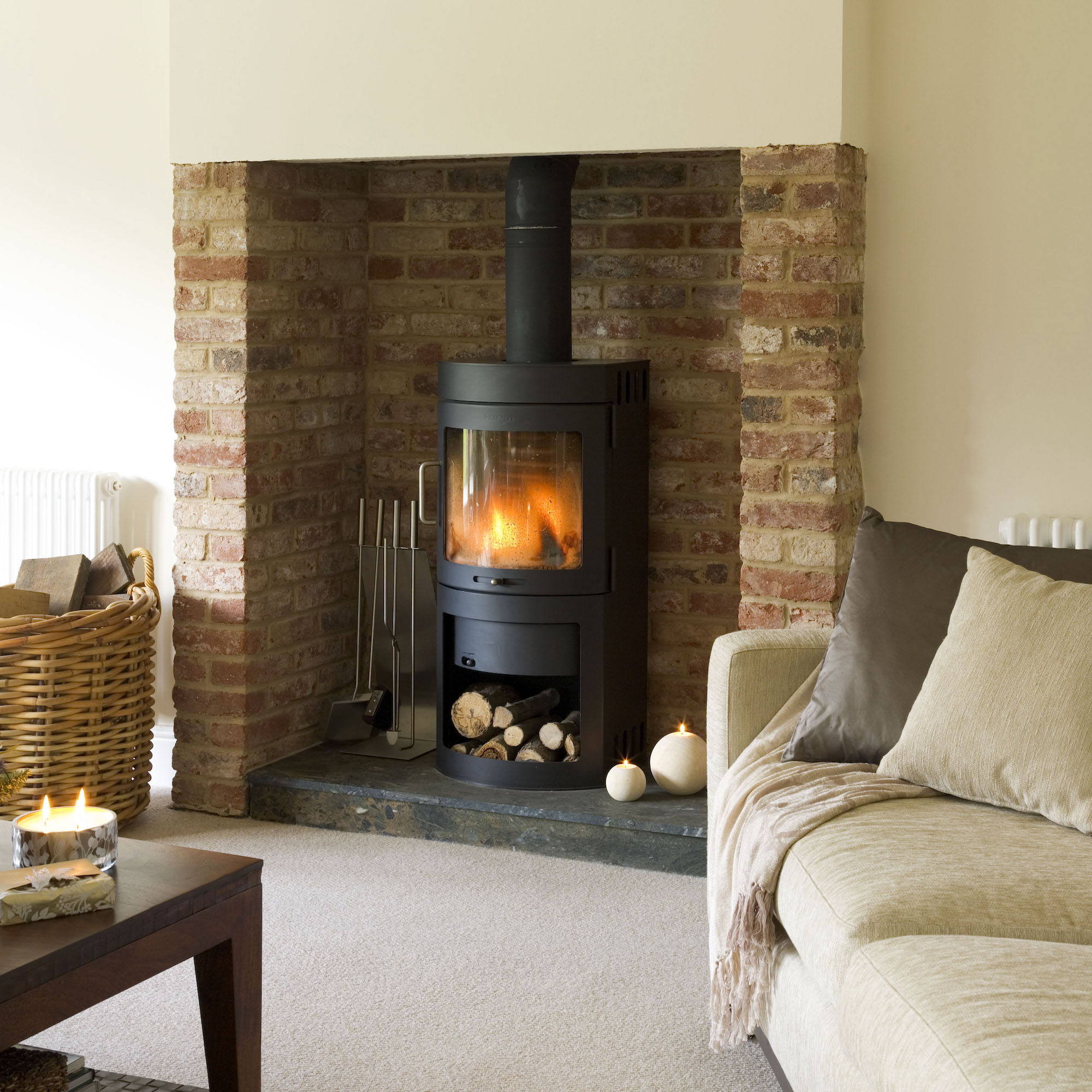
'I think everyone needs a space in their home that provides them with some tranquility and thinking space, which is often triggered in the form of nostalgia,' says mindset coach, Nicola Wilkes.
'In the winter months, that can be the feeling of lighting the wood burner and curling up with a blanket. For me, even though I didn't grow up with a real fire, it's still the feeling of crowding around a warm fire in the living room that "takes me back" to a time when my mum would have been making the room cosy and warm for us ahead of an evening together.'
Sign up to our newsletter for style inspiration, real homes, project and garden advice and shopping know-how
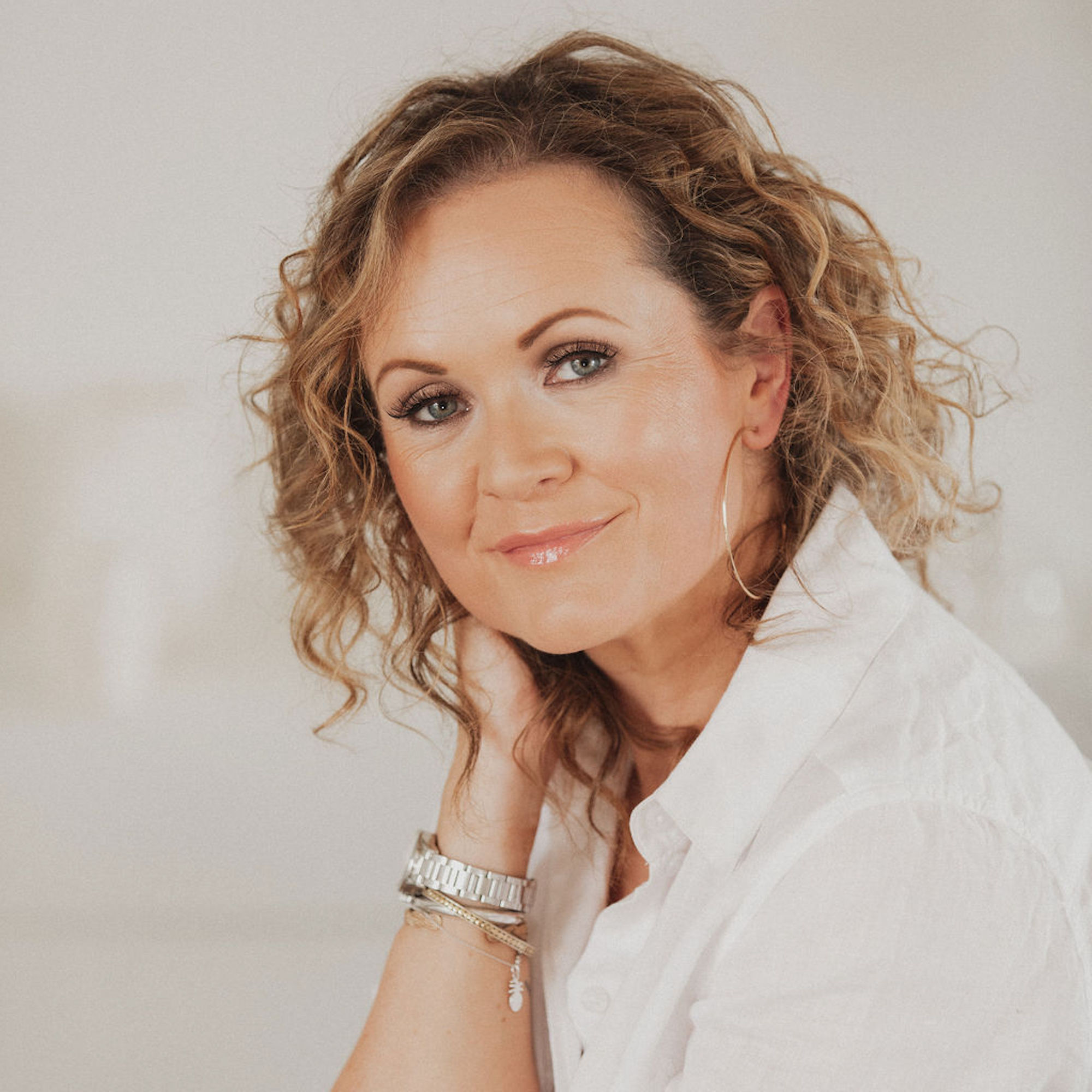
A former interiors journalist, Nicola is now an International Coaching Federation accredited coach, working with women to show them how to get clear on their goals, build confidence and take their lives and careers from good to great. Her most recent training is in The Power of Presence, The Neuroscience of Change.
2. A comforting quilt or blanket
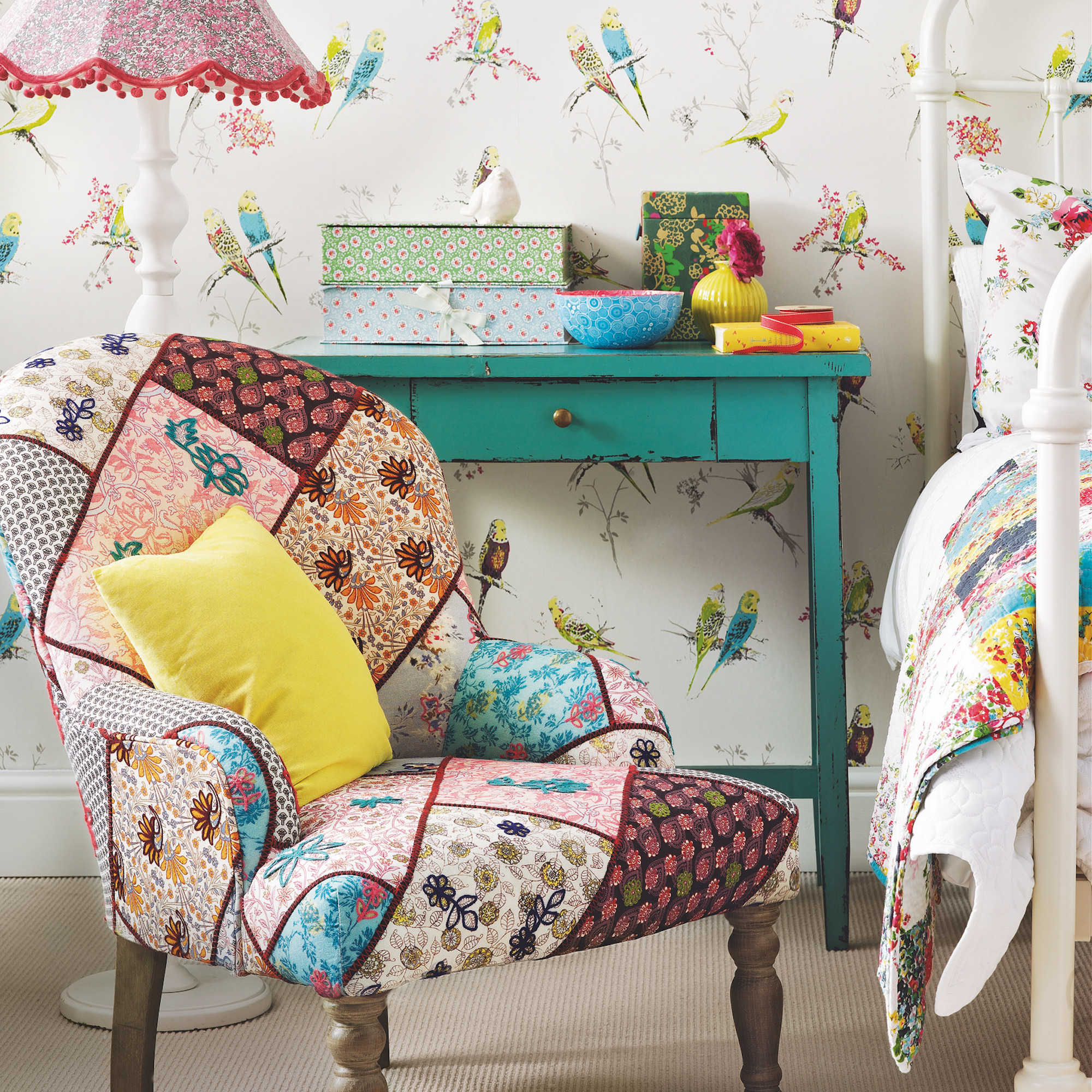
At the end of my bed, I have a beautiful handmade quilt that my mum made for me – and that’s nostalgiacore in a nutshell, according to Marianne Shillingford, colour expert at Dulux. Her job is all about understanding the drivers behind our decor choices, and translating them into products that we can use to create the atmosphere we want at home.
‘I’ve seen a great resurgence in collecting things from the past, our heritage pieces – so for example, Granny's blankets becomes the centre of our decorating scheme,’ she says. ‘Those nostalgic things make us feel part of a community and a story that's bigger than ourselves, and that can be comforting,’ she says.
If you don’t have a familiar blanket or throw to wrap yourself up in, you can replicate that ‘hug’ effect with a weighted blanket to help with sleep and feelings of security.
‘We love plush, weighted blankets which are reassuring due to the comforting pressure they provide and the feeling of the soft texture under your fingertips,’ says Franky Rousell, founder of sensory-led design studio, Jolie.
3. A cosy club chair
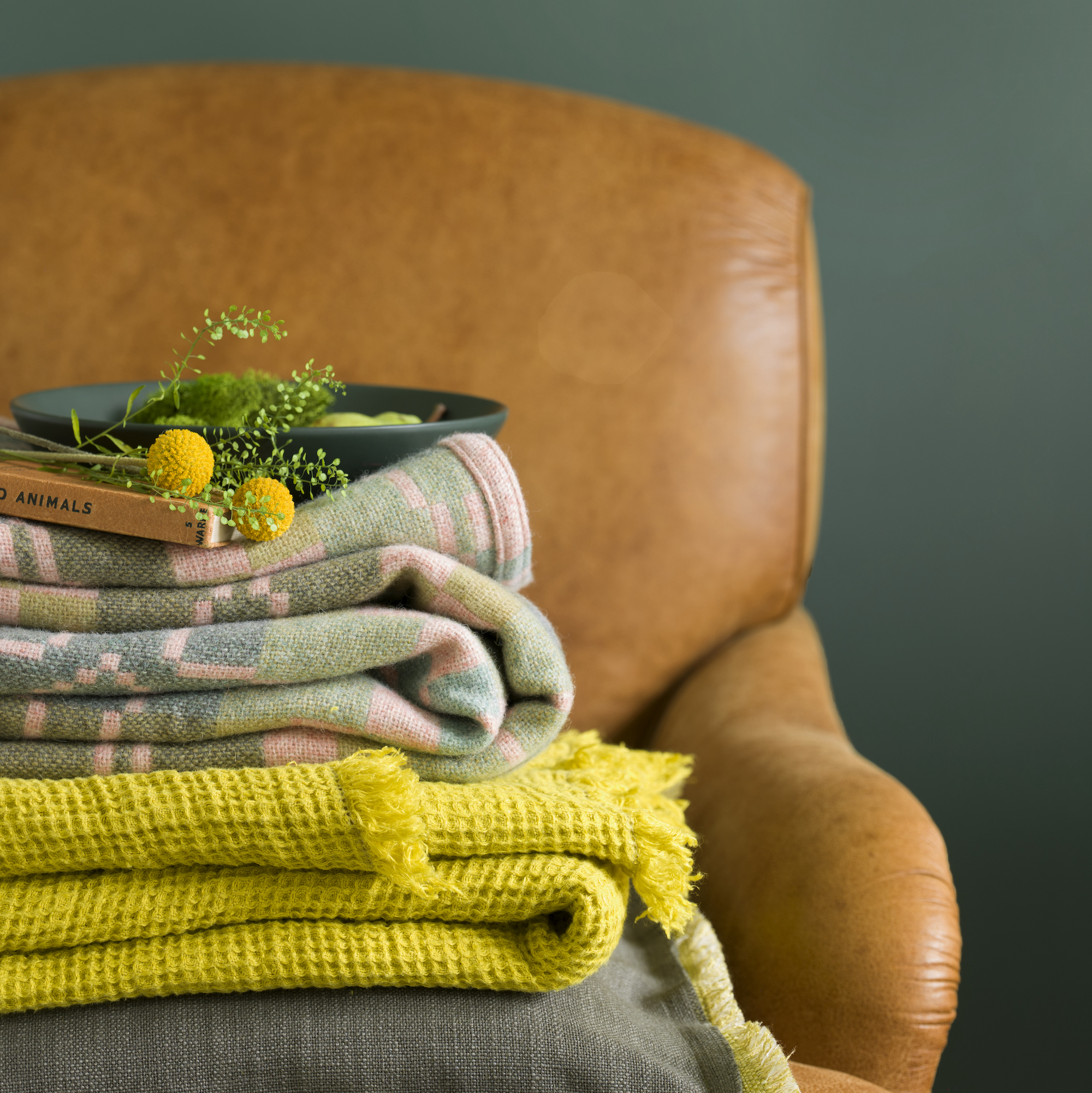
Yes, our living room seating ideas can help give us a feeling of safety and security – especially when it’s a piece that supports our body and seems to wrap around us with a hug.
‘Vegan leather club armchairs are a great example of calming design,’ explains sensory design expert, Franky Rousell at Jolie. ‘The shape of smaller armchairs encompasses you, while the sensation of pressure on the tops of our arms and back has been scientifically proven to reduce heart rate and stress levels, similar to a relaxing massage. Furthermore, the feeling of the vegan leather evokes the comfort and feel of human touch, which is why they have become such a nostalgic staple over the years.’
If vegan leather isn’t your thing, you could choose nubbly bouclé or soft velvet upholstery to bring that textural feel.
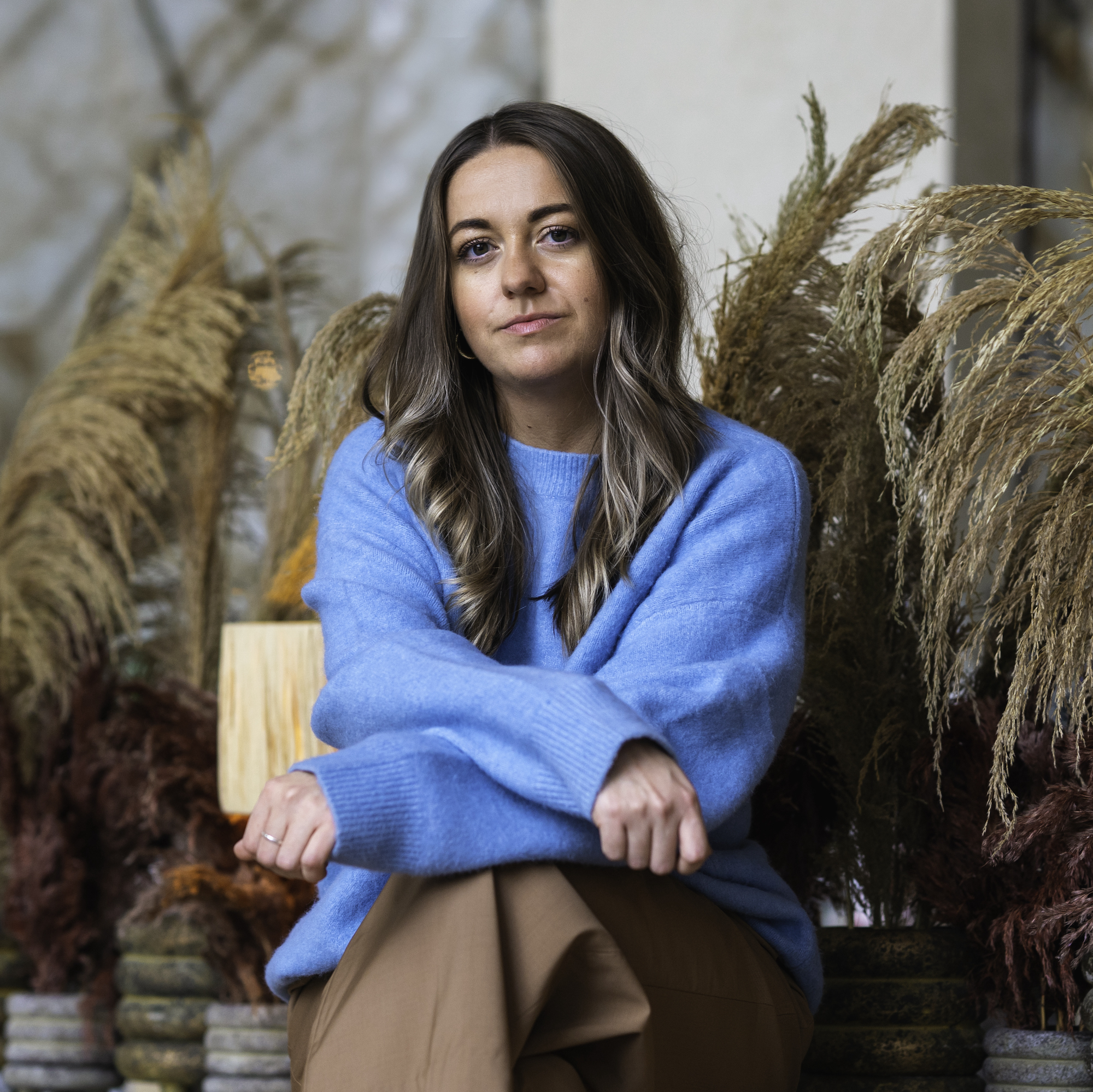
Founded in 2017, Jolie is an interior design studio specialising in the power of emotionally driven experiences that can be influenced by environment and interior space. Their research focuses on human behaviour related to sensory experience; collaborating with neuroscientists in each sensory field, Jolie carefully sources and combines materials and fragrances to imagine each interior.
4. Meaningful photos and artworks
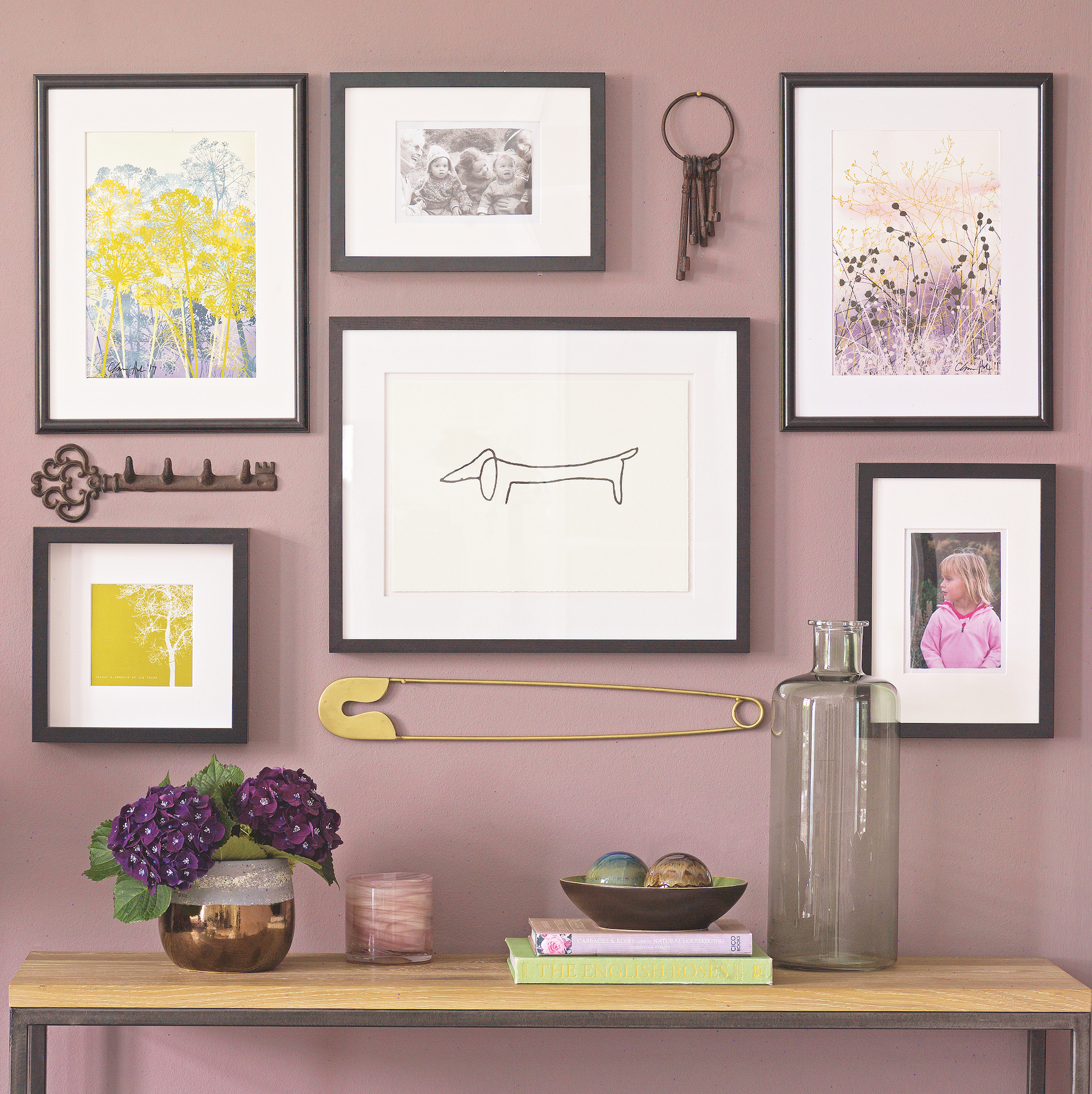
If you’ve done any mindfulness and stress-reduction exercises, you’re probably familiar with the instruction to visualise your favourite place and imagine yourself there, feeling happy and relaxed. But you don’t need to picture a place in your mind’s eye – you can put a photo of it on a gallery wall instead.
‘Nostalgiacore can be about discovering a box in the attic full of old photographs, then spending the weekend creating a way to display them,’ says Marianne Shillingford. ‘Or you might frame a piece of fabric from your mum’s dress, then pick out a colour from it to base your decorating scheme on. Things that connect us with the past are inherently good for the soul, I think.’
Marianne has used this technique in her own home, by displaying paintings left to her by her dad, and using the Dulux colour visualiser tool to pick out shades from the artworks to use in her decorating palette.
‘You can take a photograph of the picture or the thing you love, put it in the centre of the moodboard, then pick colours out of it and see how they are going to work in your space,’ she says.
5. A soothing colour scheme
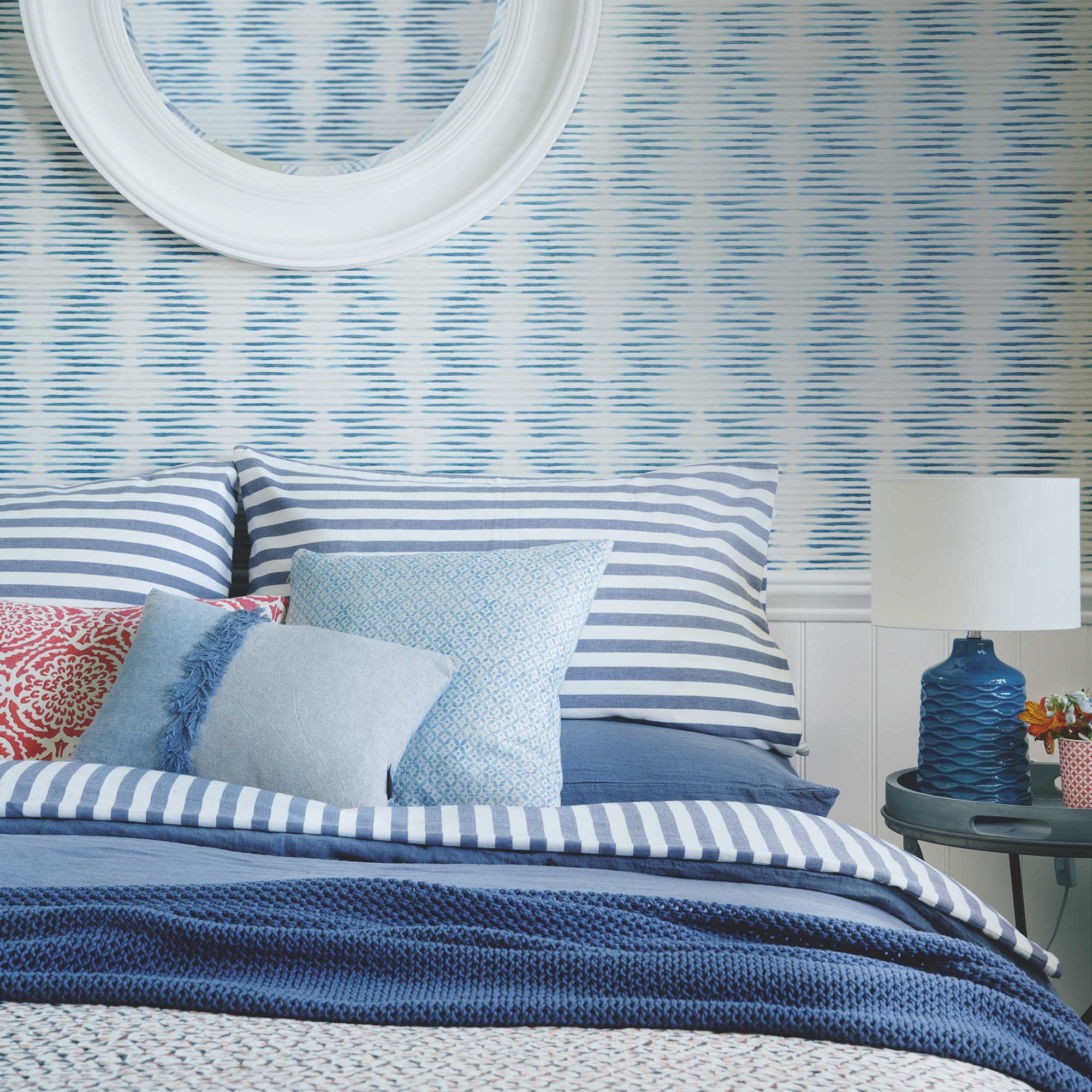
‘Colour is intrinsically linked to the psyche and plays a huge role in helping to define a person’s mood,’ explains sensory design expert, Franky Rousell from interiors company, Jolie. ‘Different hues and shades can make people feel creative, reduce anxiety, calm or motivate them.’
Franky recommends decorating in calming colours, such as soft and gentle shades of blue, to soothe restless minds and create a relaxing atmosphere. ‘If you want a more energising colour, then a bright, fresh and uplifting yellow is a good shade to embrace in a bedroom colour scheme – especially if you want to become a morning person.
Try it out at home

Andrea began her journalism career at Ideal Home and is currently Editor of our sister title, Country Homes & Interiors, which celebrates modern country style. Andrea is passionate about colour and how it can transform both our homes and our sense of wellbeing, and has completed The Power of Colour course with the prestigious KLC School of Design. Andrea's career spans interiors magazines, women's lifestyle titles and newspapers. After her first job at Ideal Home, she moved on to women's magazines, Options and Frank. From there it was on to the launch of Red magazine, where she stayed for 10 years and became Assistant Editor. She then shifted into freelancing, and spent 14 years writing for everyone from The Telegraph to The Sunday Times, Livingetc, Stylist and Woman & Home. She was then offered the job as Editor of Country Homes & Interiors, and now combines that role with writing for idealhome.co.uk.
